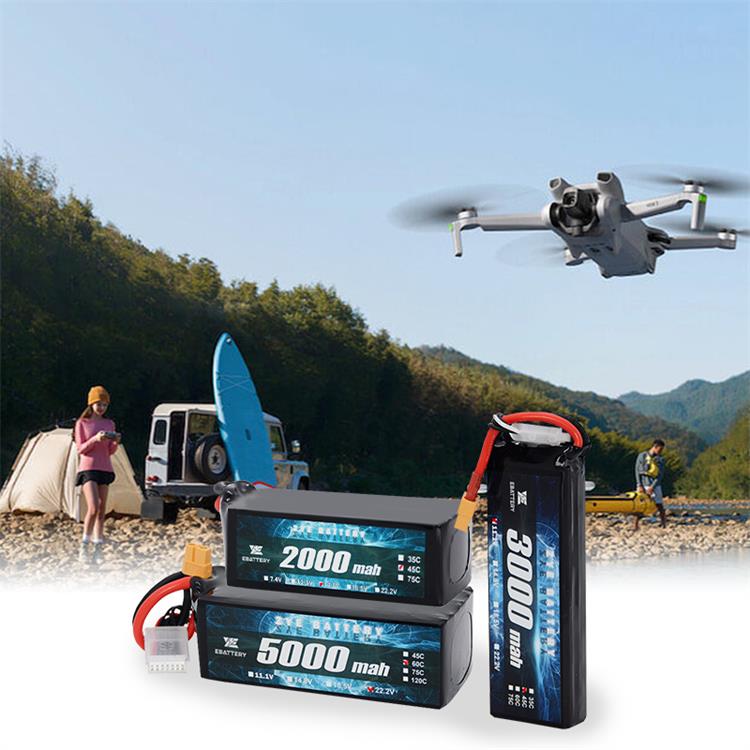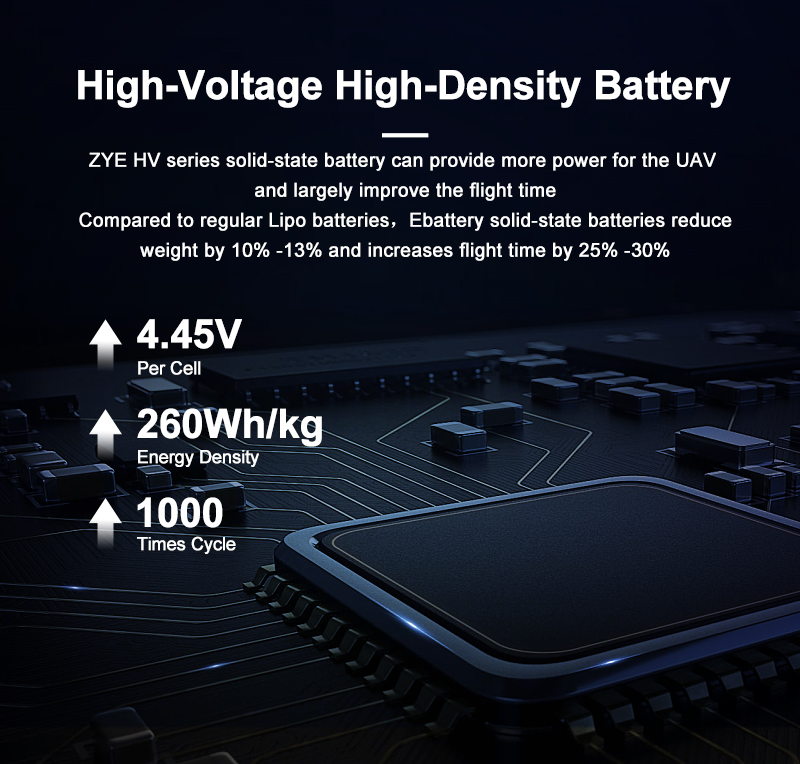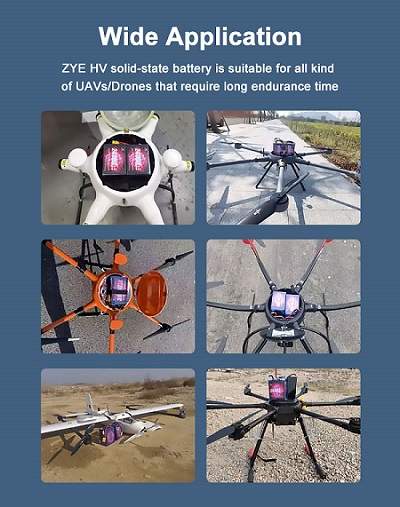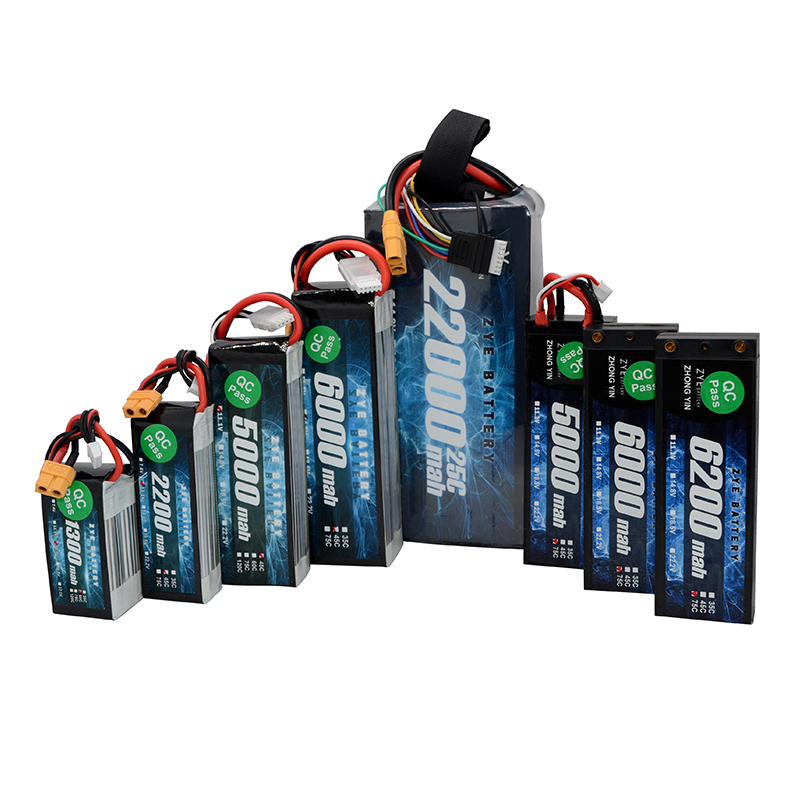How to fly a drone in cold weather?
2025-08-14
Cold weather brings unique challenges for drone pilots, from battery performance issues to equipment risks like condensation and ice buildup.
Below is a comprehensive guide to help you navigate cold-weather drone flights safely and effectively.

What are the risks of flying drones in cold weather?
Flying drones in cold weather presents several challenges that can affect both the aircraft's performance and the longevity of its battery. Understanding these risks is crucial for safe and efficient drone operation in low-temperature environments.
Lithium-polymer (LiPo) battery, commonly used in drones, experience a significant decrease in performance as temperatures drop. This reduction in capacity can lead to shorter flight times and unexpected power loss mid-flight.
Another risk associated with cold weather drone operations is the potential for condensation to form inside the drone's electronic components. As the drone moves between warm and cold environments, moisture can accumulate, potentially leading to short circuits or other electrical malfunctions.
Moreover, flying in cold conditions can impact the drone's sensors and cameras. Frost or fog can form on lenses, compromising image quality and potentially interfering with obstacle avoidance systems. This can be particularly problematic for applications that rely on clear, high-quality visual data.

Essential Tips for Safe and Successful Flights
1. Warm and Protect Your drone-lipo-battery
Batteries are the most vulnerable component in cold weather—prioritize their care:
Store batteries in an insulated case, pocket, or battery warmer until just before use. Aim to keep them at 15–25°C (59–77°F) for optimal performance.
Charge batteries to 100% the night before, but don’t leave them plugged in once full. Cold temperatures make overcharged batteries more prone to swelling or failure.
2. Inspect and Prepare Your Drone
Cold weather amplifies wear and tear—give your drone a thorough check:
Remove any snow, frost, or ice from propellers, sensors, and camera lenses. Use a soft brush or microfiber cloth to avoid scratching delicate parts.
Ensure propellers are free of cracks or ice. Cold makes plastic more brittle, so damaged propellers are more likely to fail. Test motors briefly (hover in place for 30 seconds) to warm them up and check for odd noises.
3.In-Flight Tips: Stay Alert and Efficient
Avoid Aggressive Maneuvers: Sudden ascents, descents, or sharp turns drain batteries faster in cold air. Fly smoothly to conserve power.
Monitor Battery Levels Closely: Keep an eye on your controller’s battery readout and low-battery warnings. Cold batteries can drop from 30% to 0% quickly, so don’t delay your return to home (RTH) when levels dip below 20–25%.

Final Safety Reminders
Dress for the Cold: A cold, distracted pilot is a safety risk. Wear warm, layered clothing, gloves, and waterproof gear to stay comfortable and focused.
Know Your Drone’s Limits: Not all drones are built for cold weather. Check your manufacturer’s guidelines—some models (e.g., industrial drones) have cold-weather ratings, while consumer drones may struggle below freezing.
Practice First: If new to cold-weather flying, start with short, low-altitude test flights in a safe, open area to get a feel for how your drone performs.
With careful preparation, attention to battery health, and adjusted flying habits, cold weather can become a prime opportunity for stunning drone footage and successful missions. By respecting the challenges of low temperatures and prioritizing your drone’s care, you’ll ensure safe, reliable flights all winter long.
For more information or to discuss your specific battery needs, please don't hesitate to contact us at coco@zyepower.com. Our team of experts is ready to help you find the perfect battery solution for your requirements.
























































